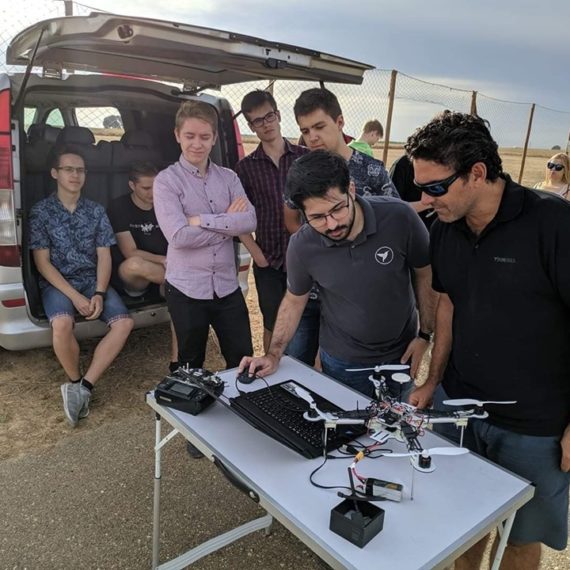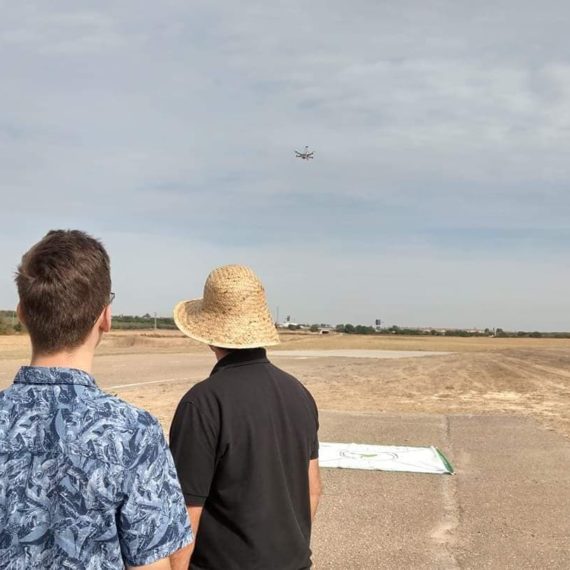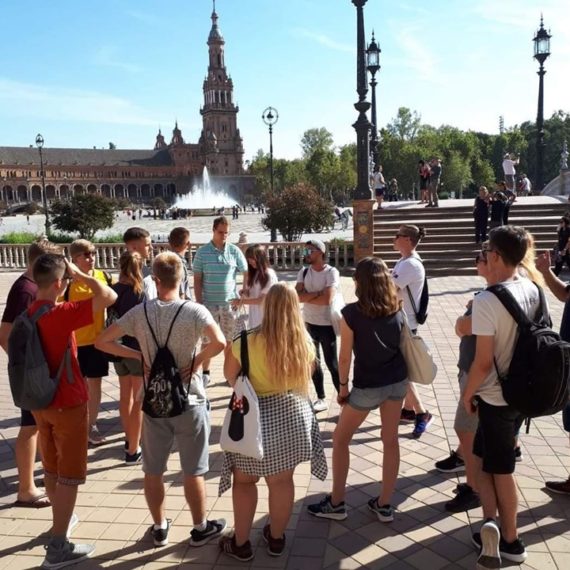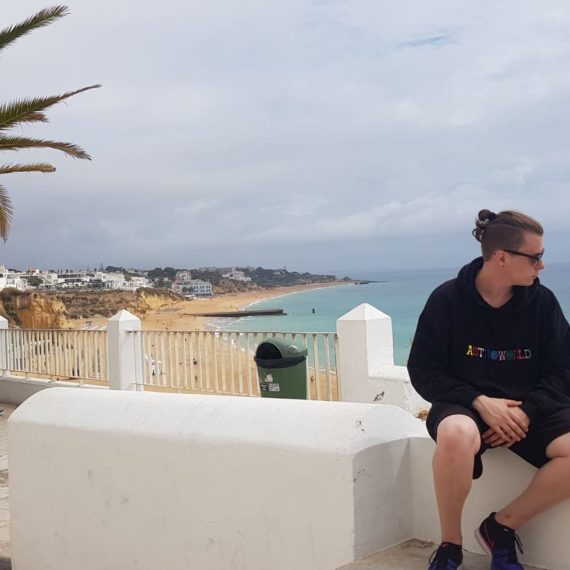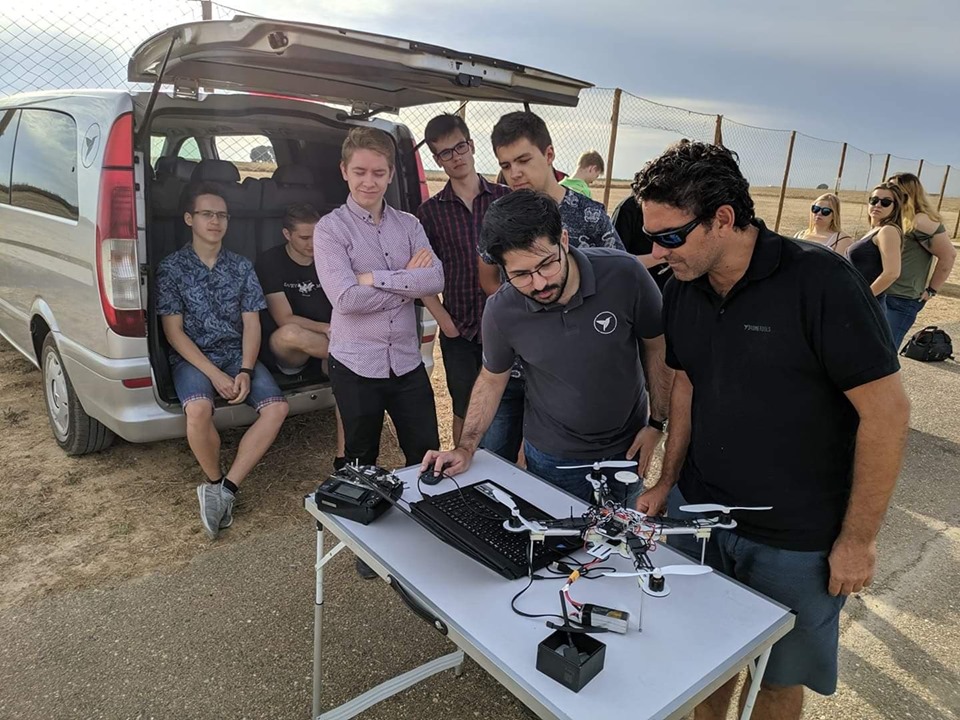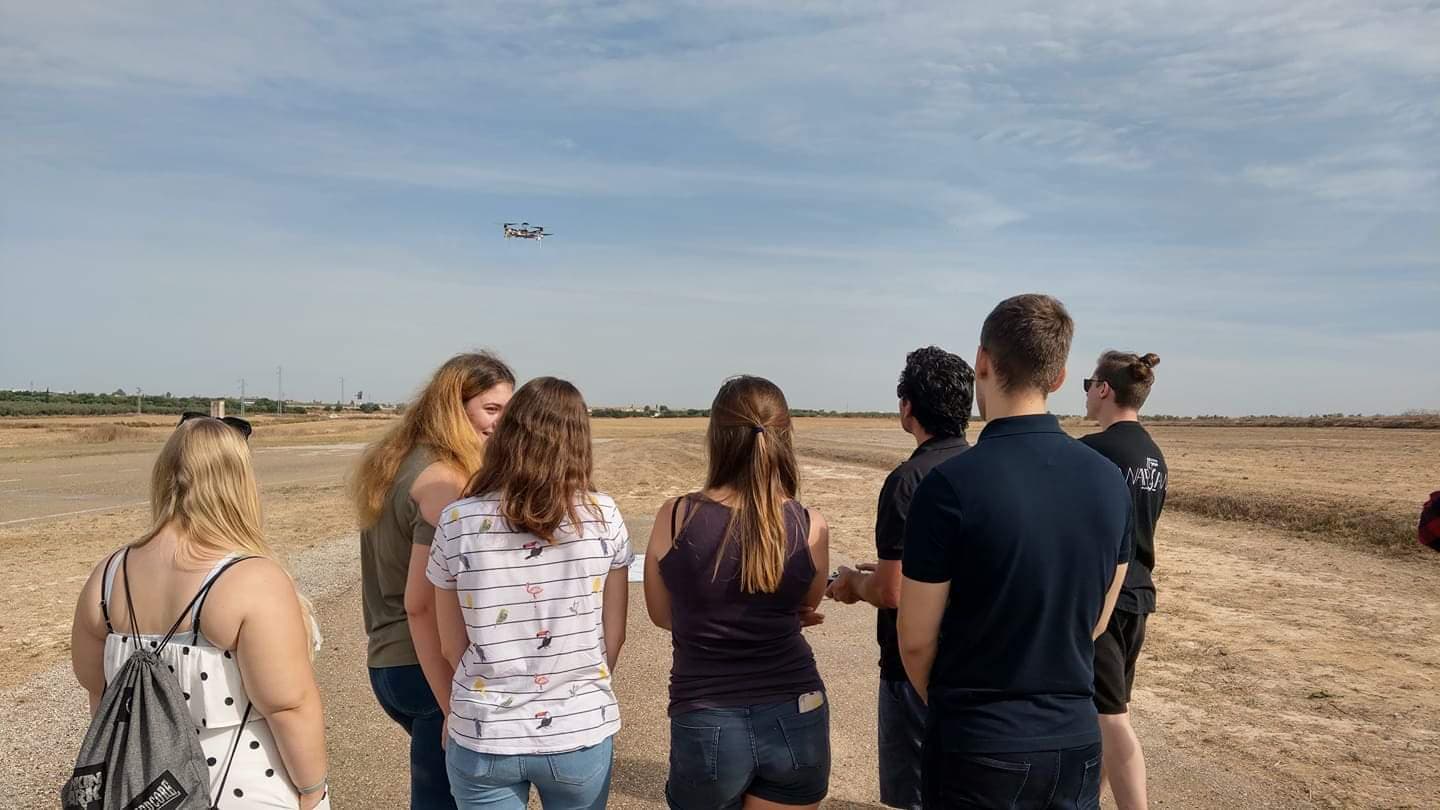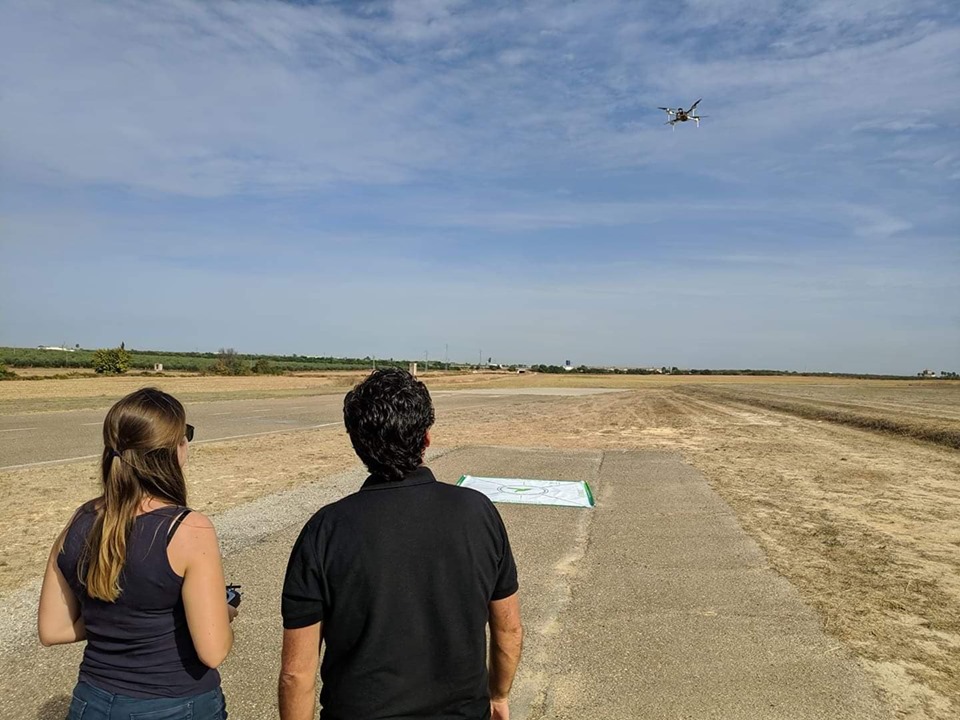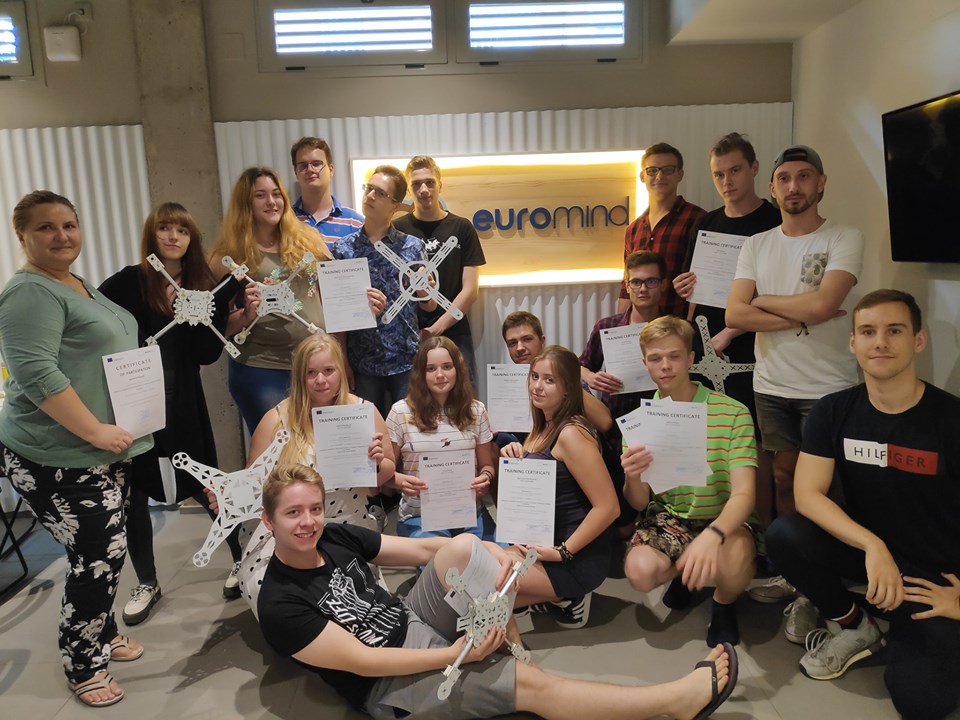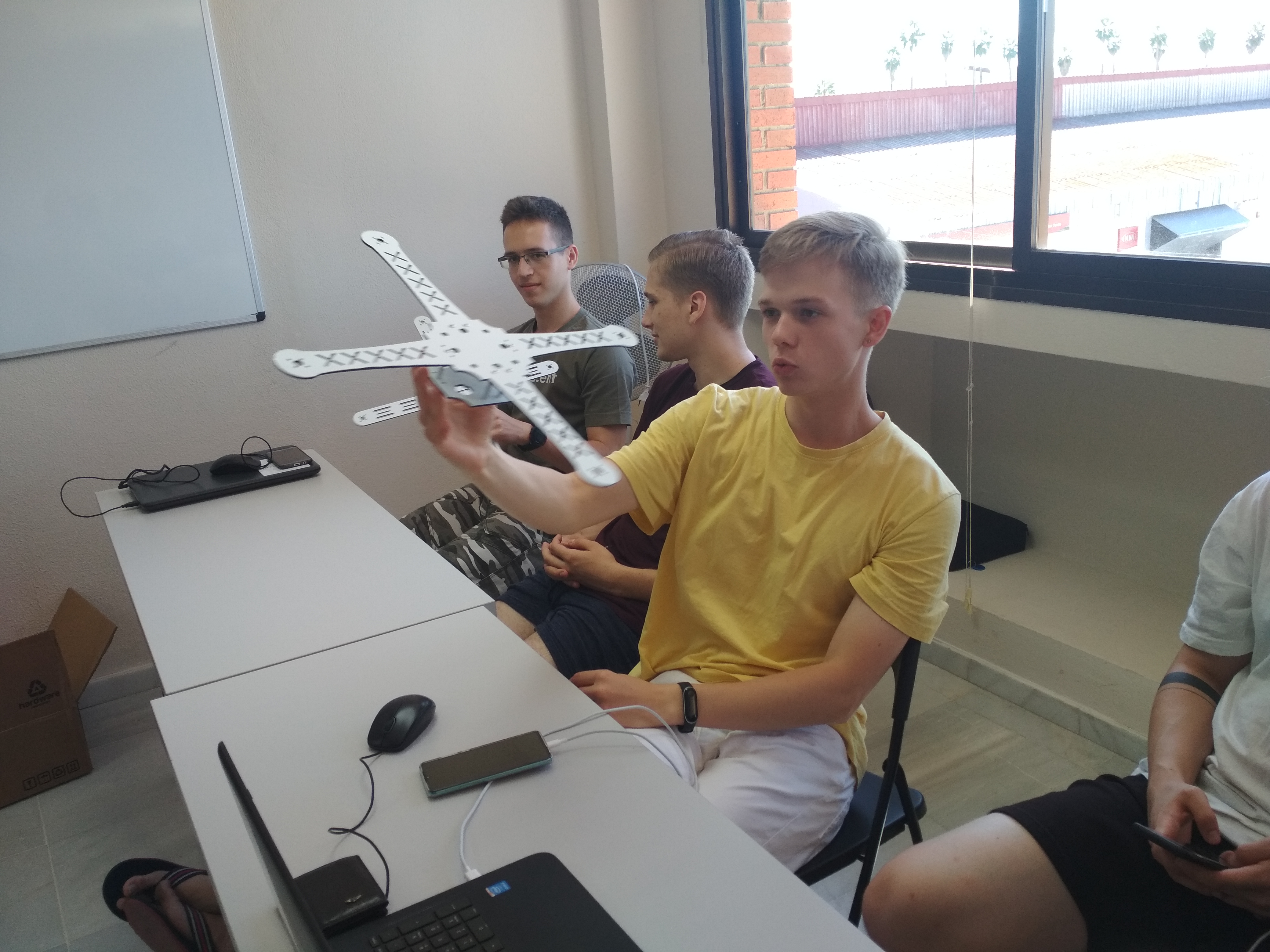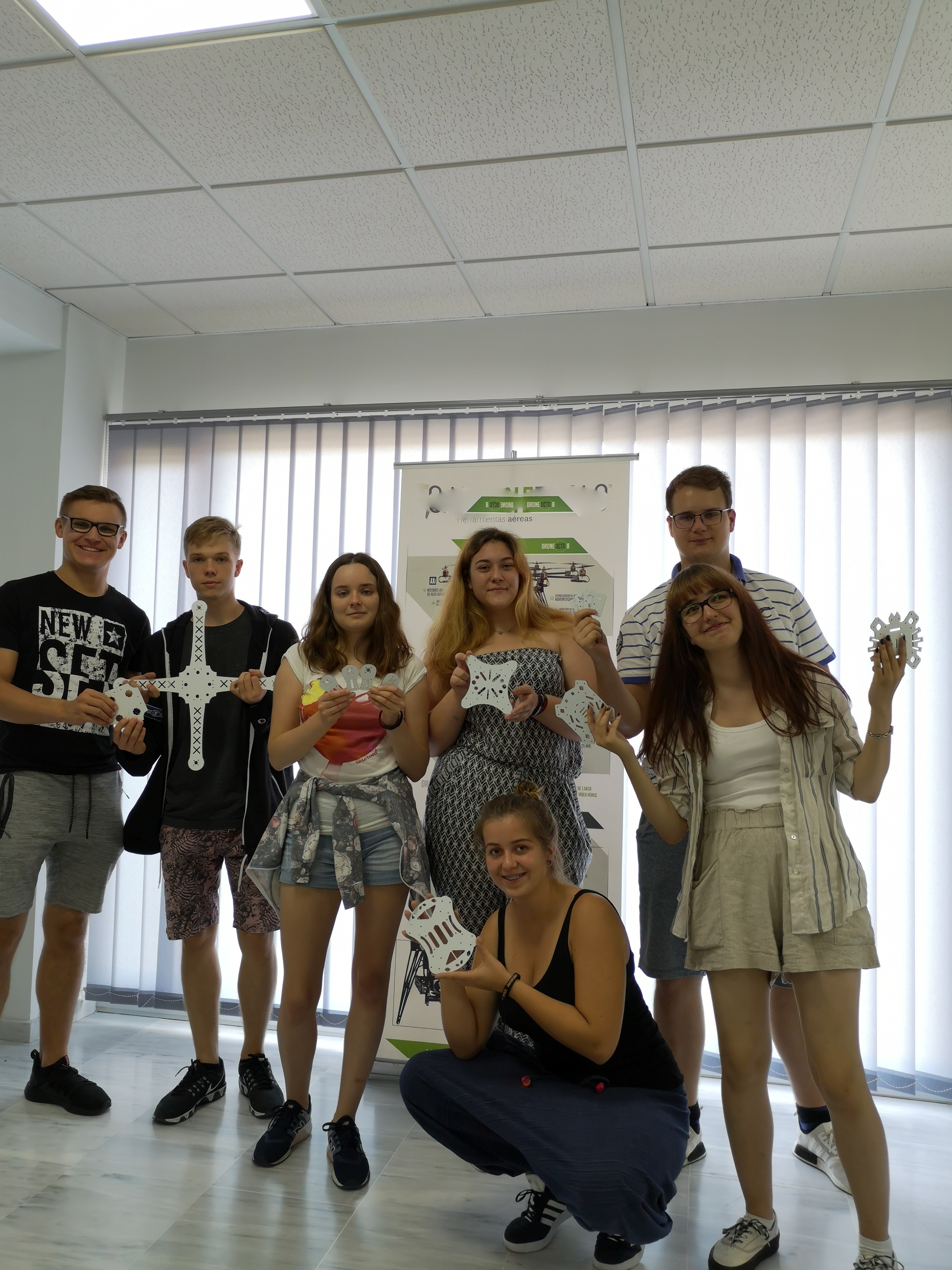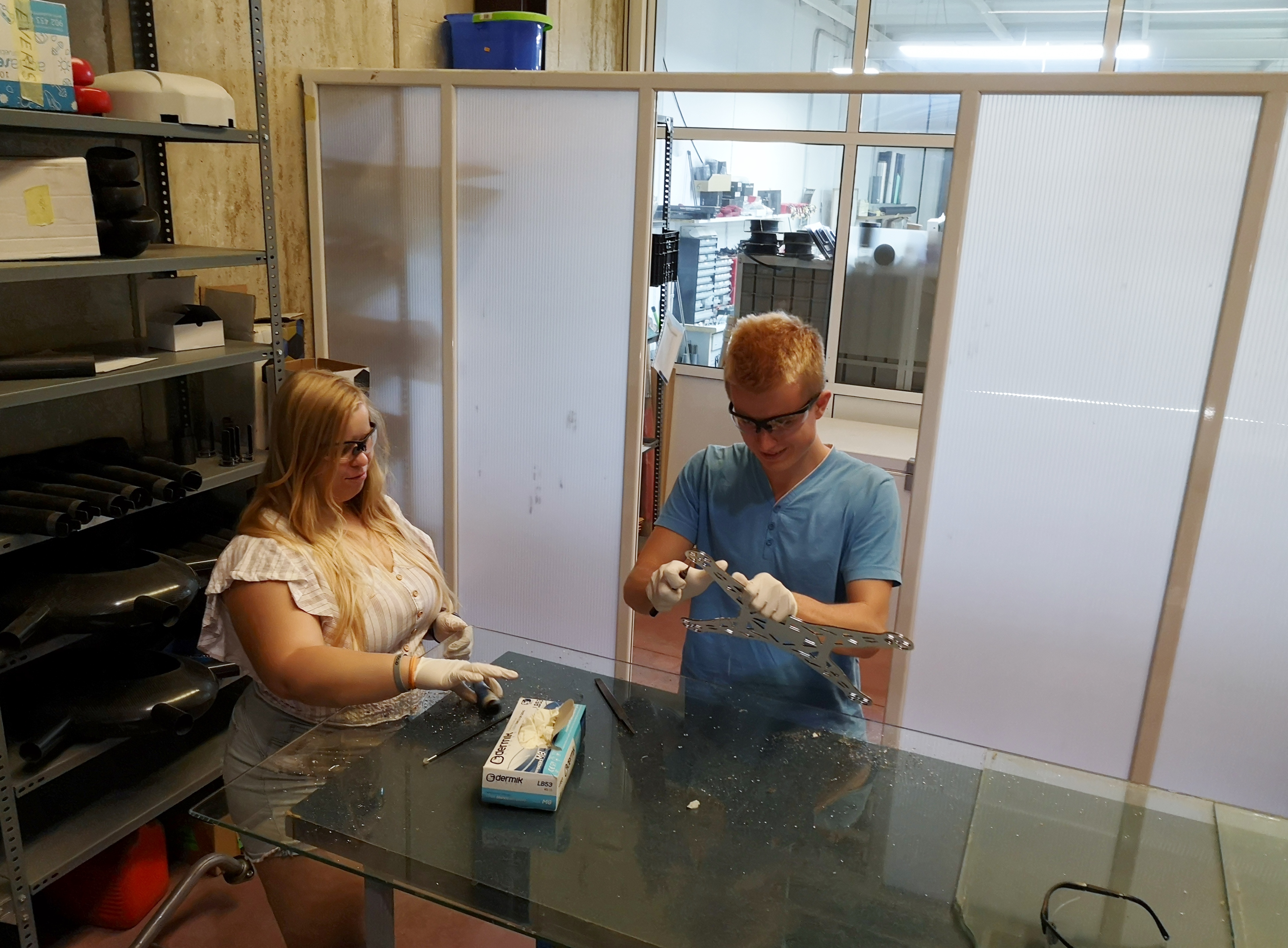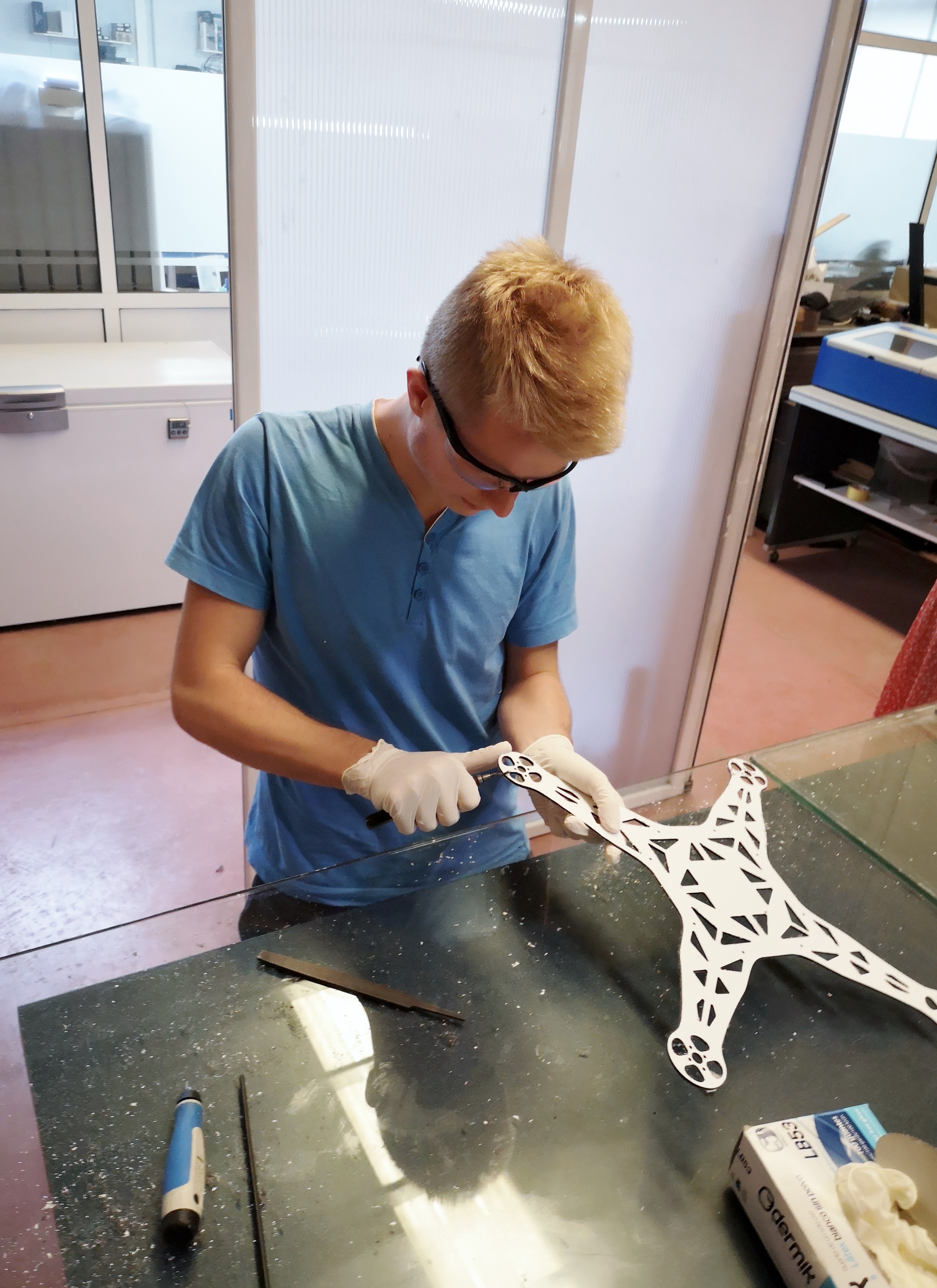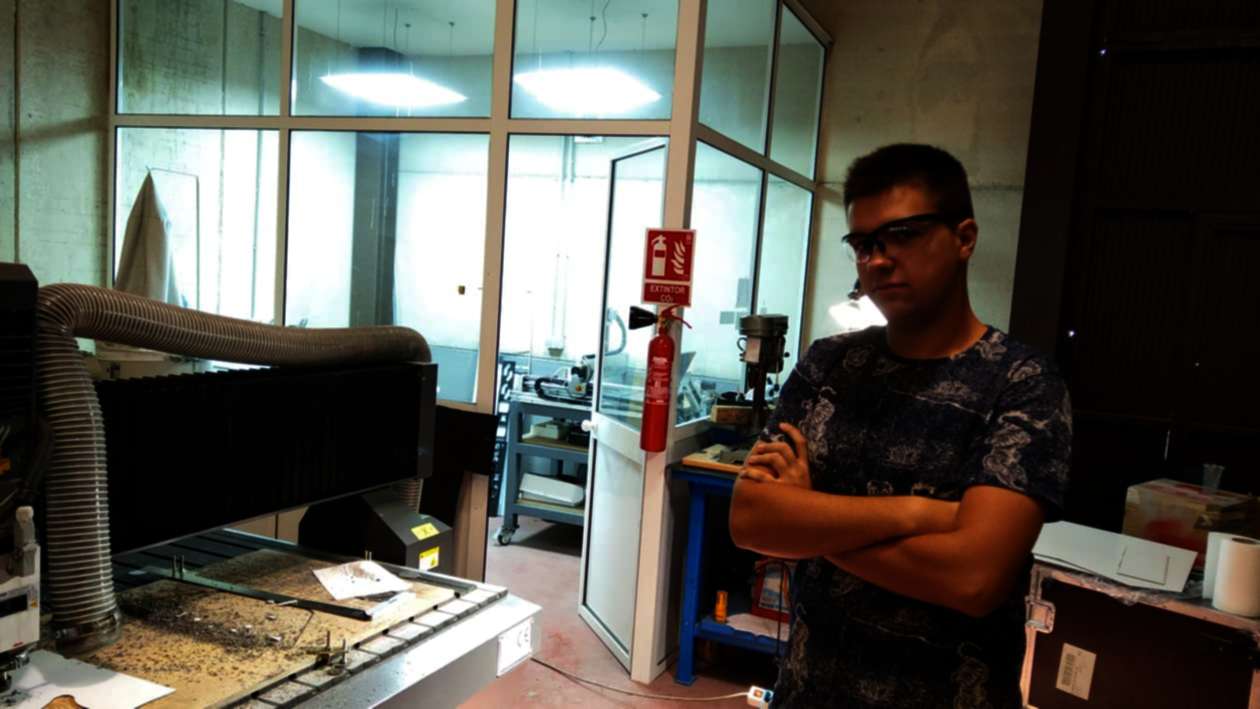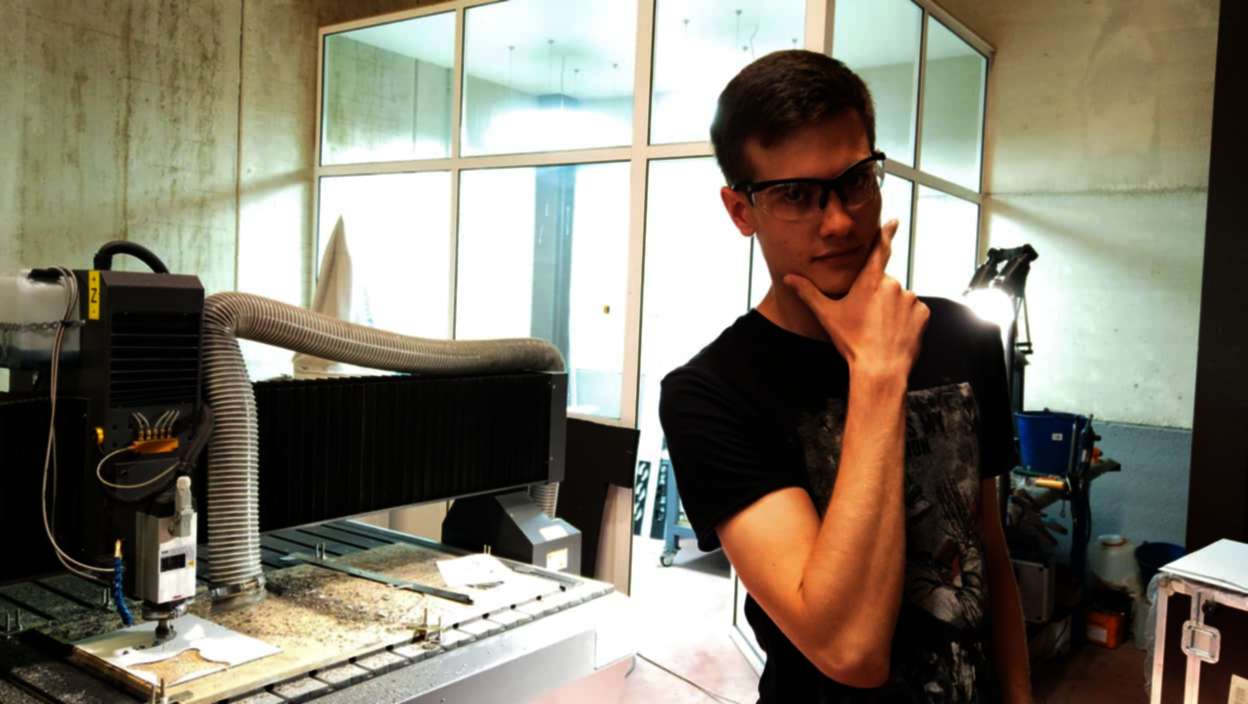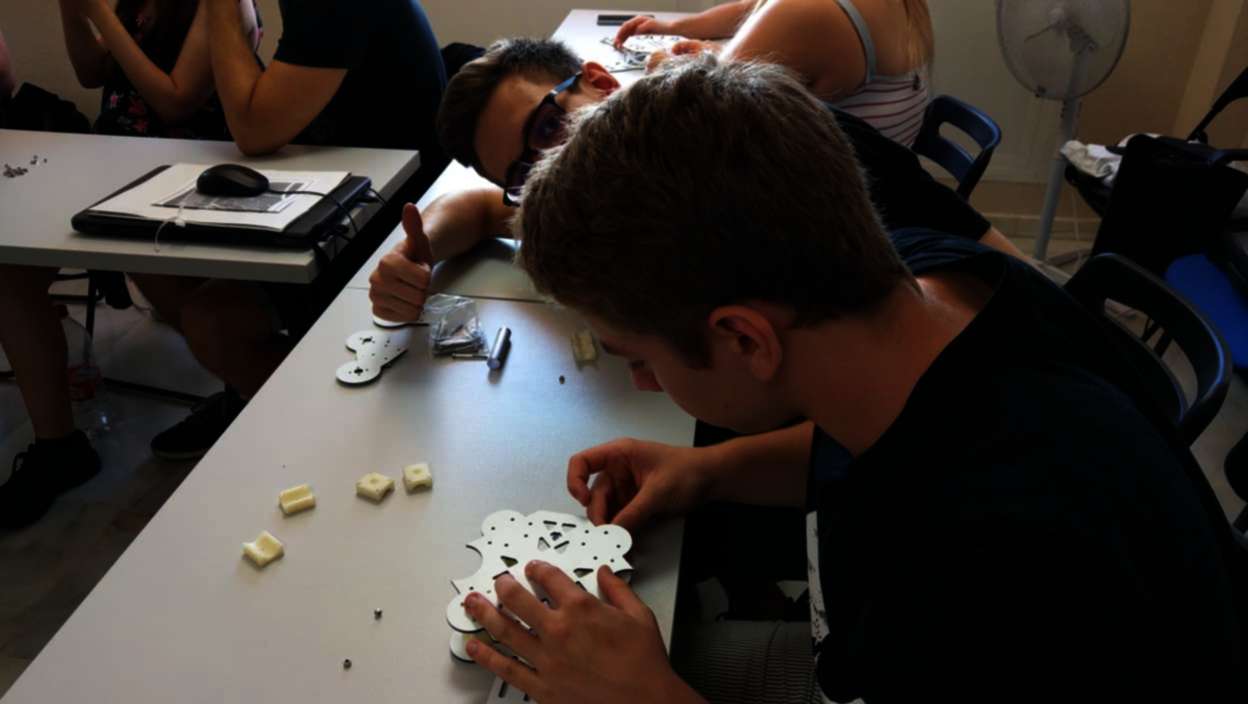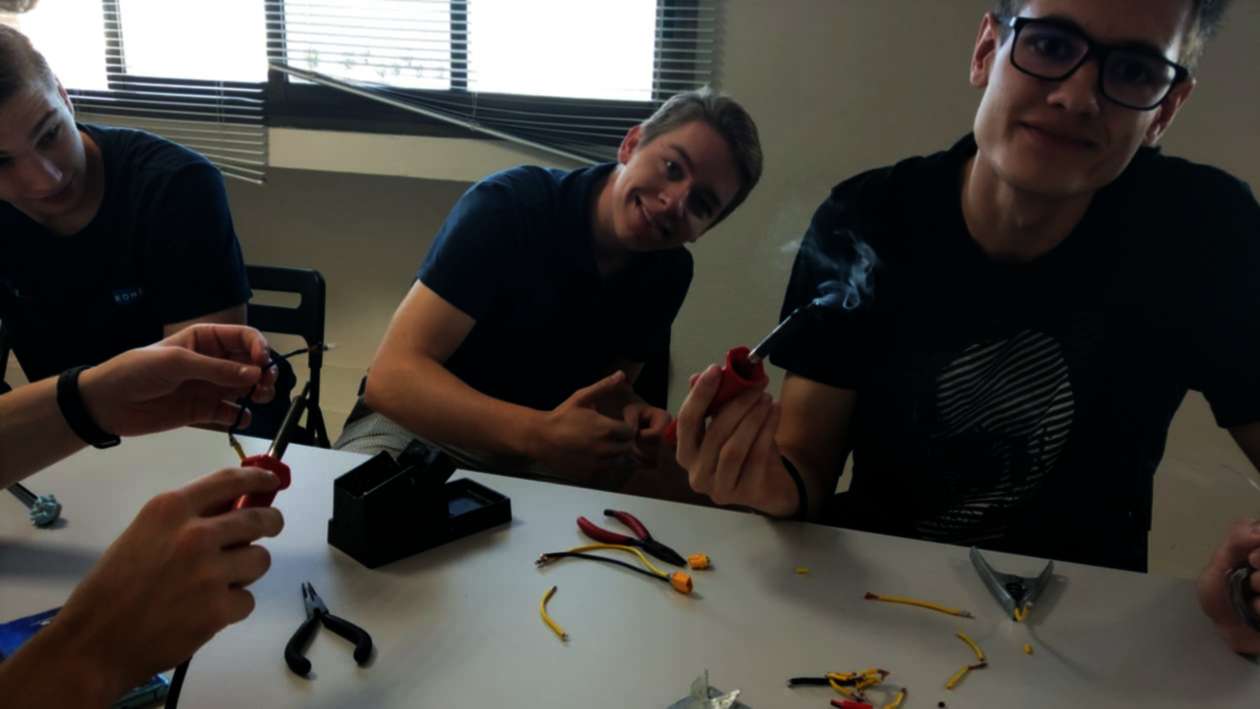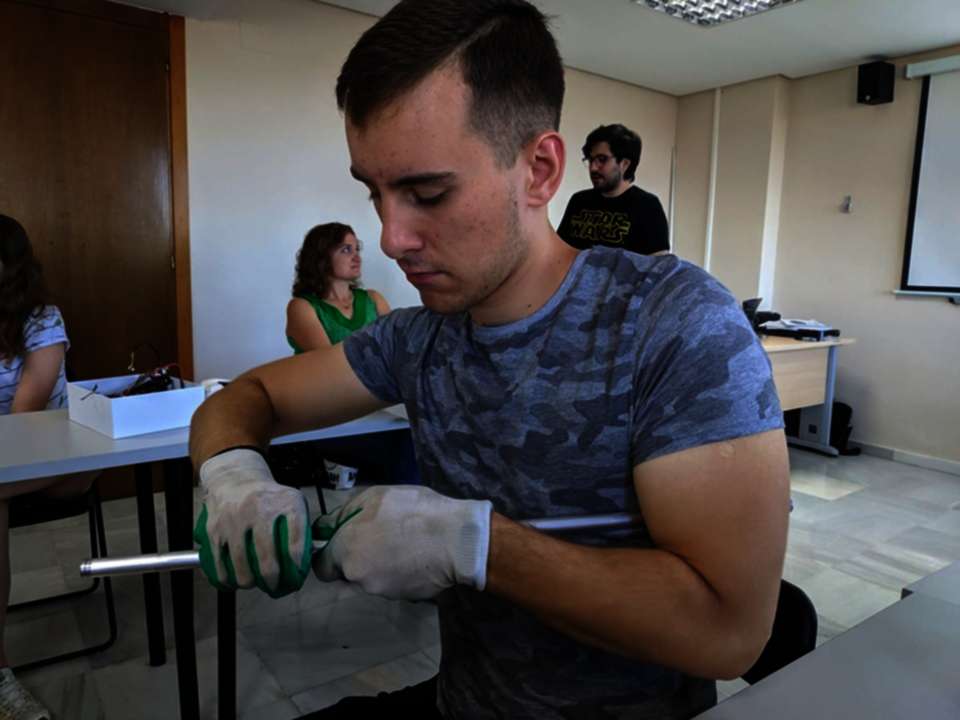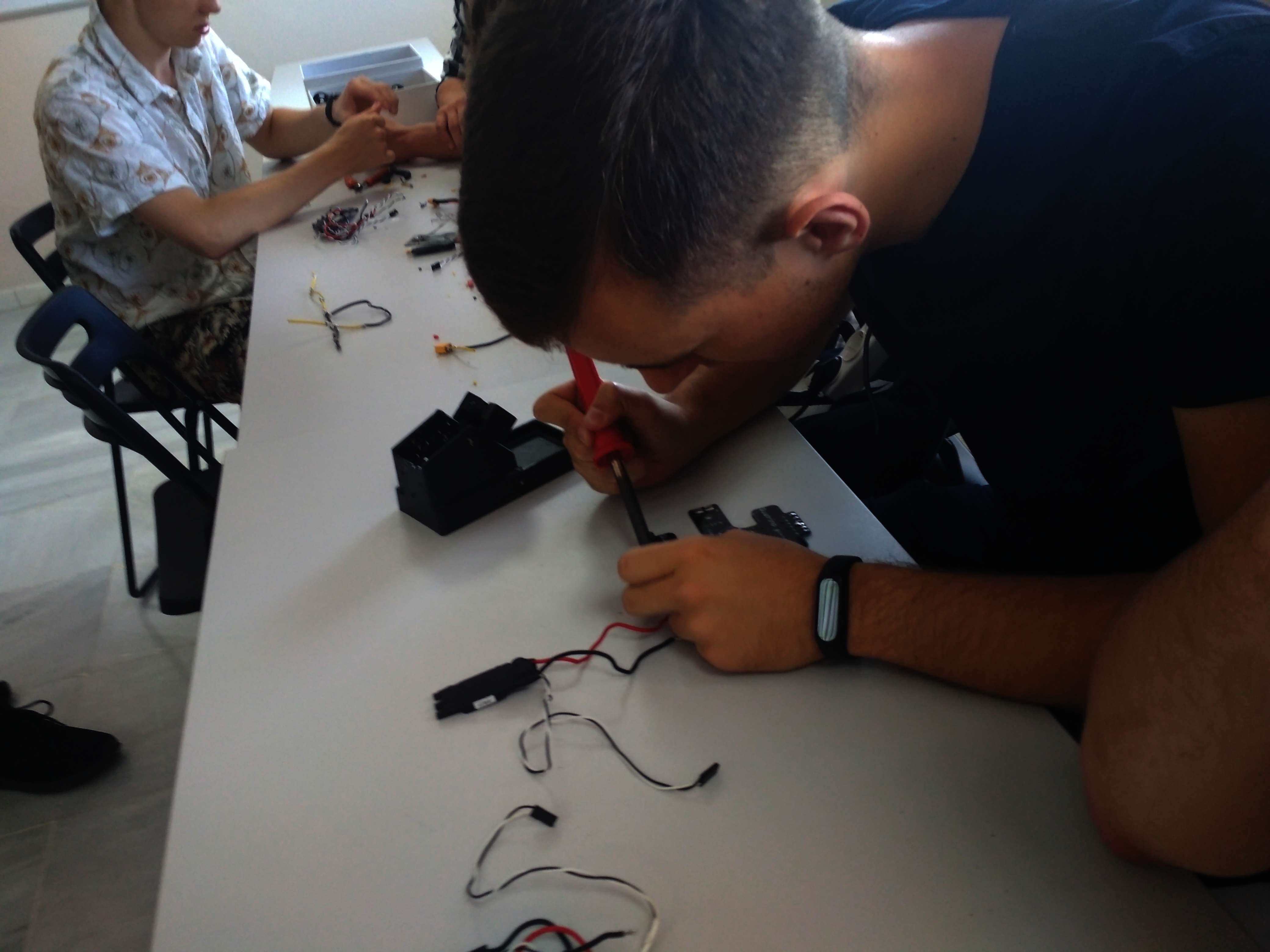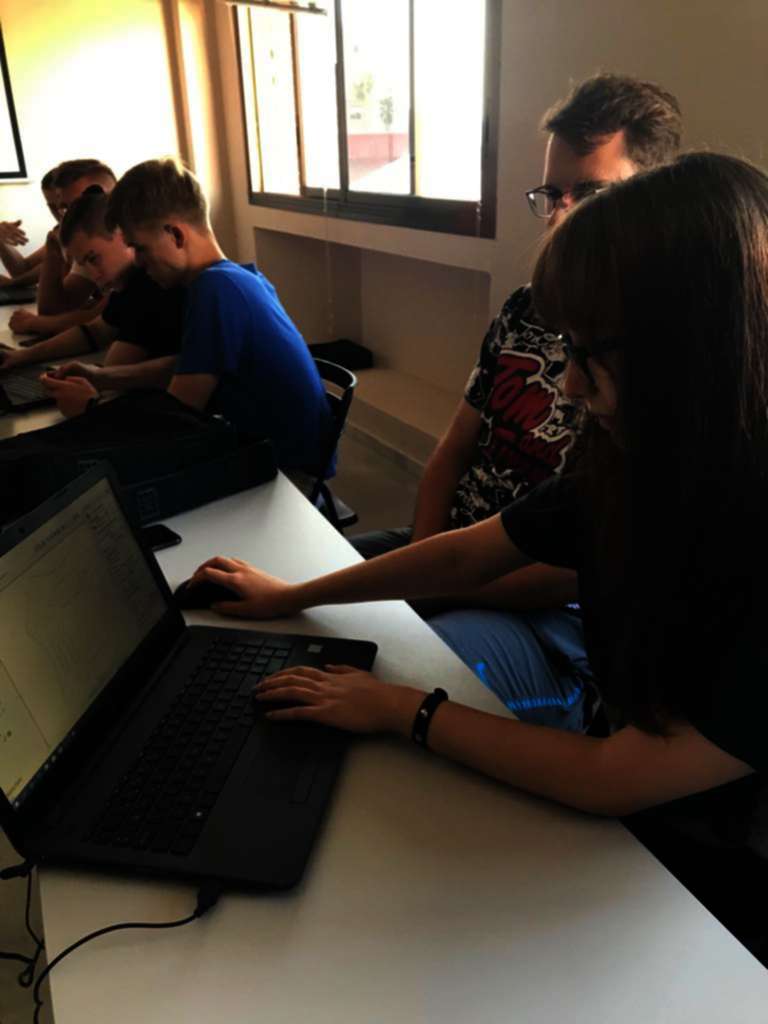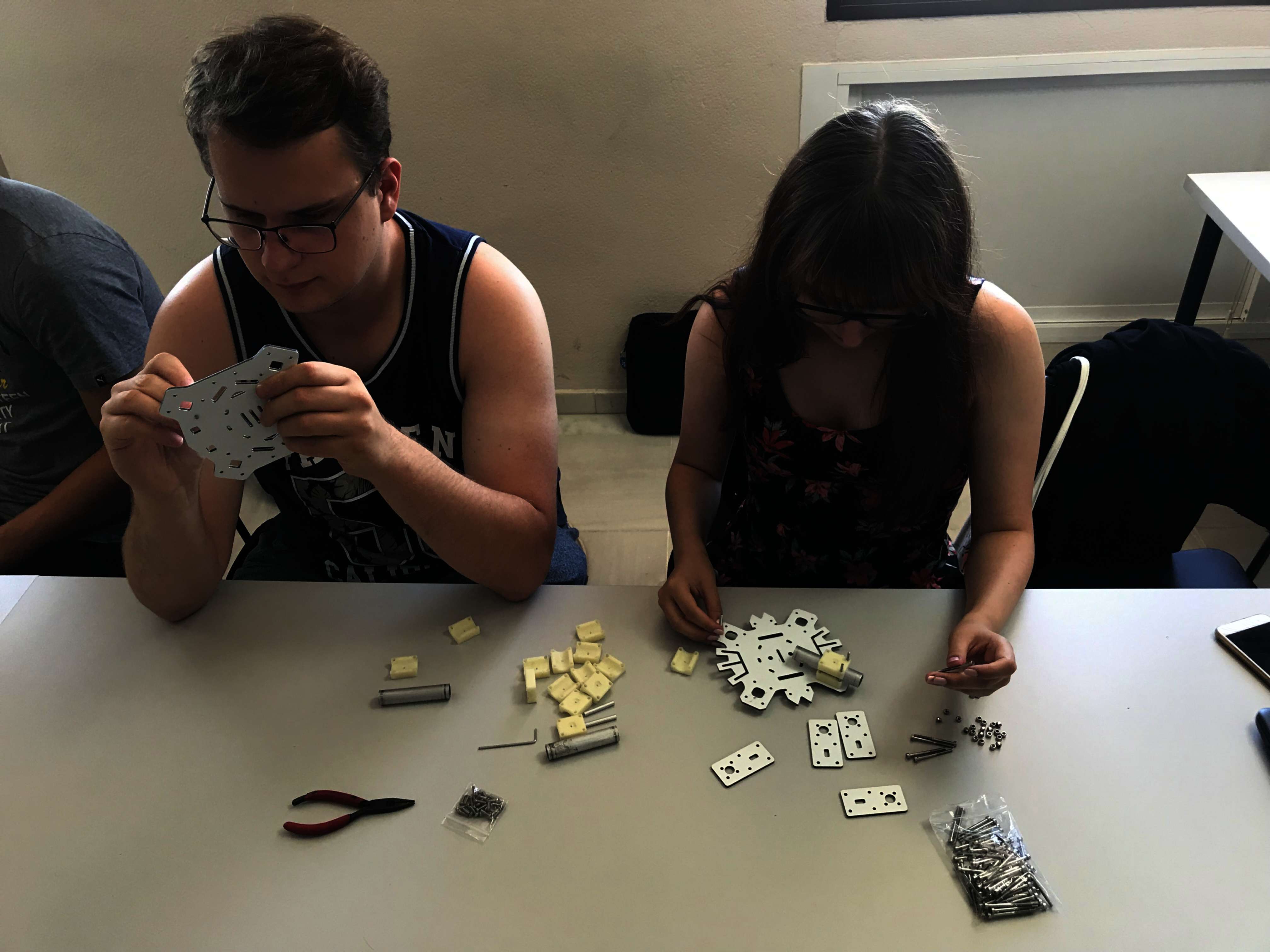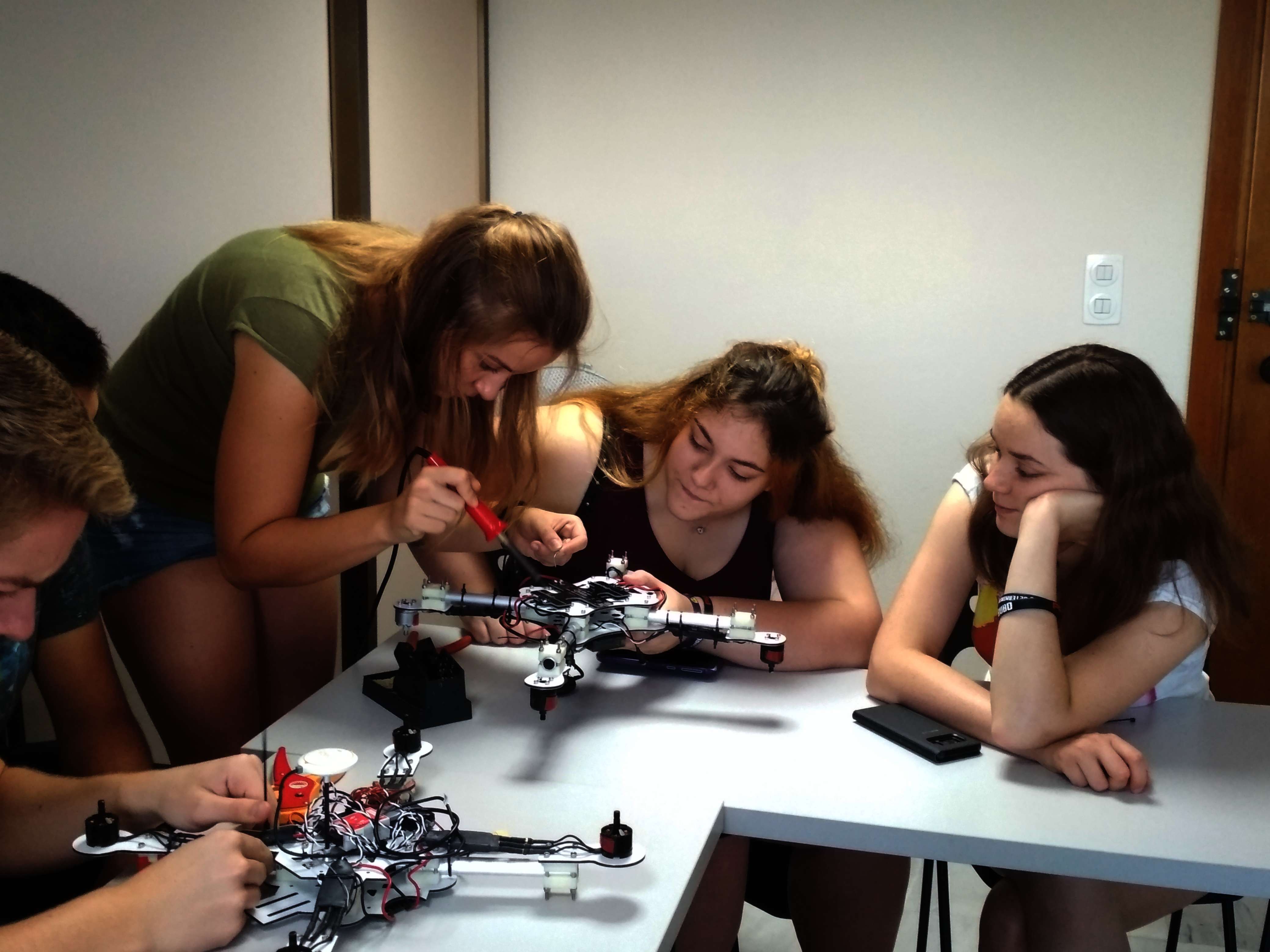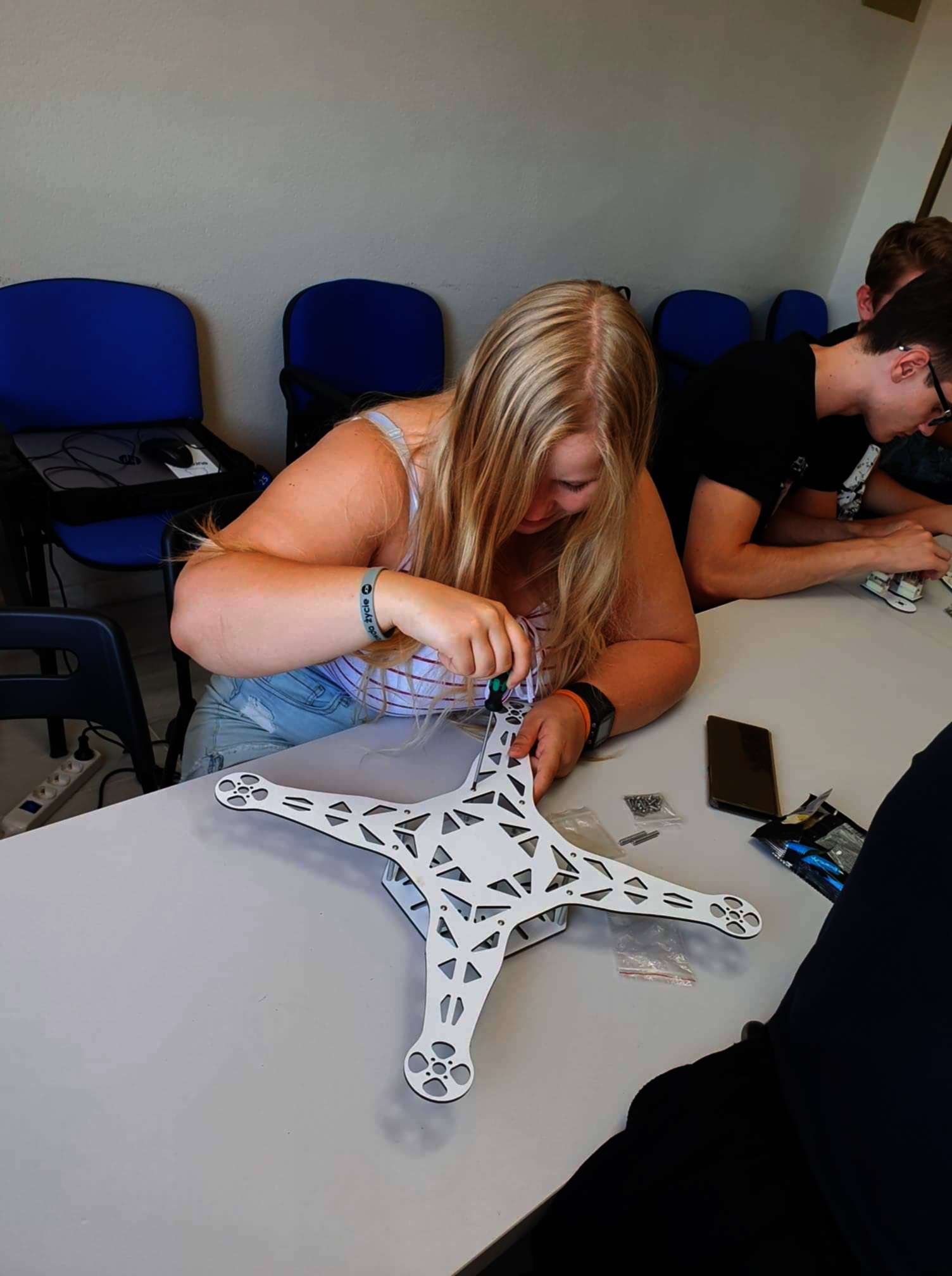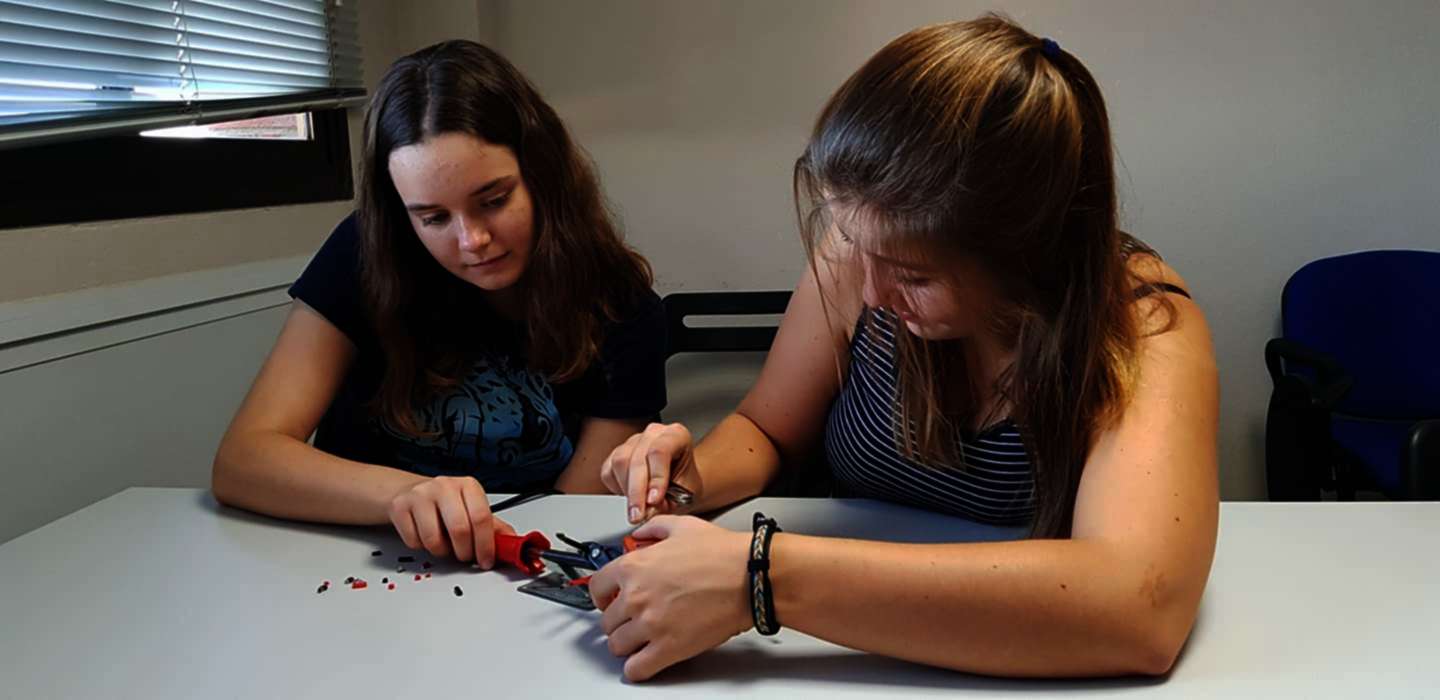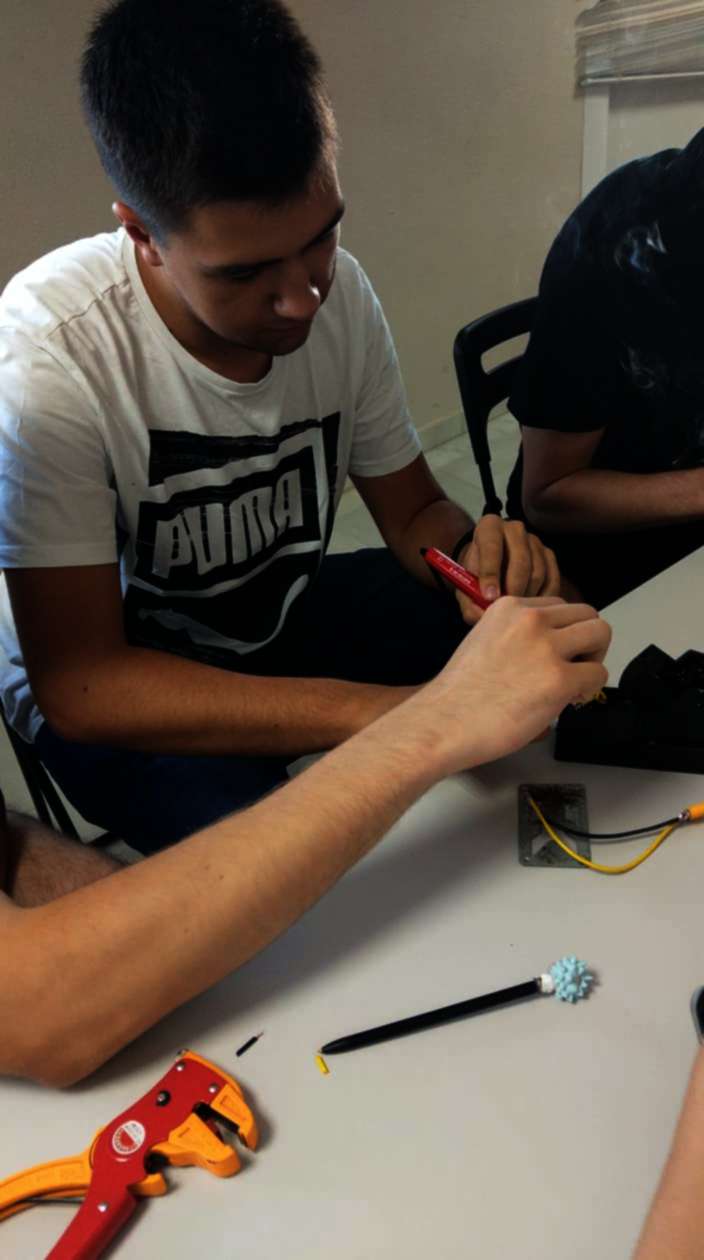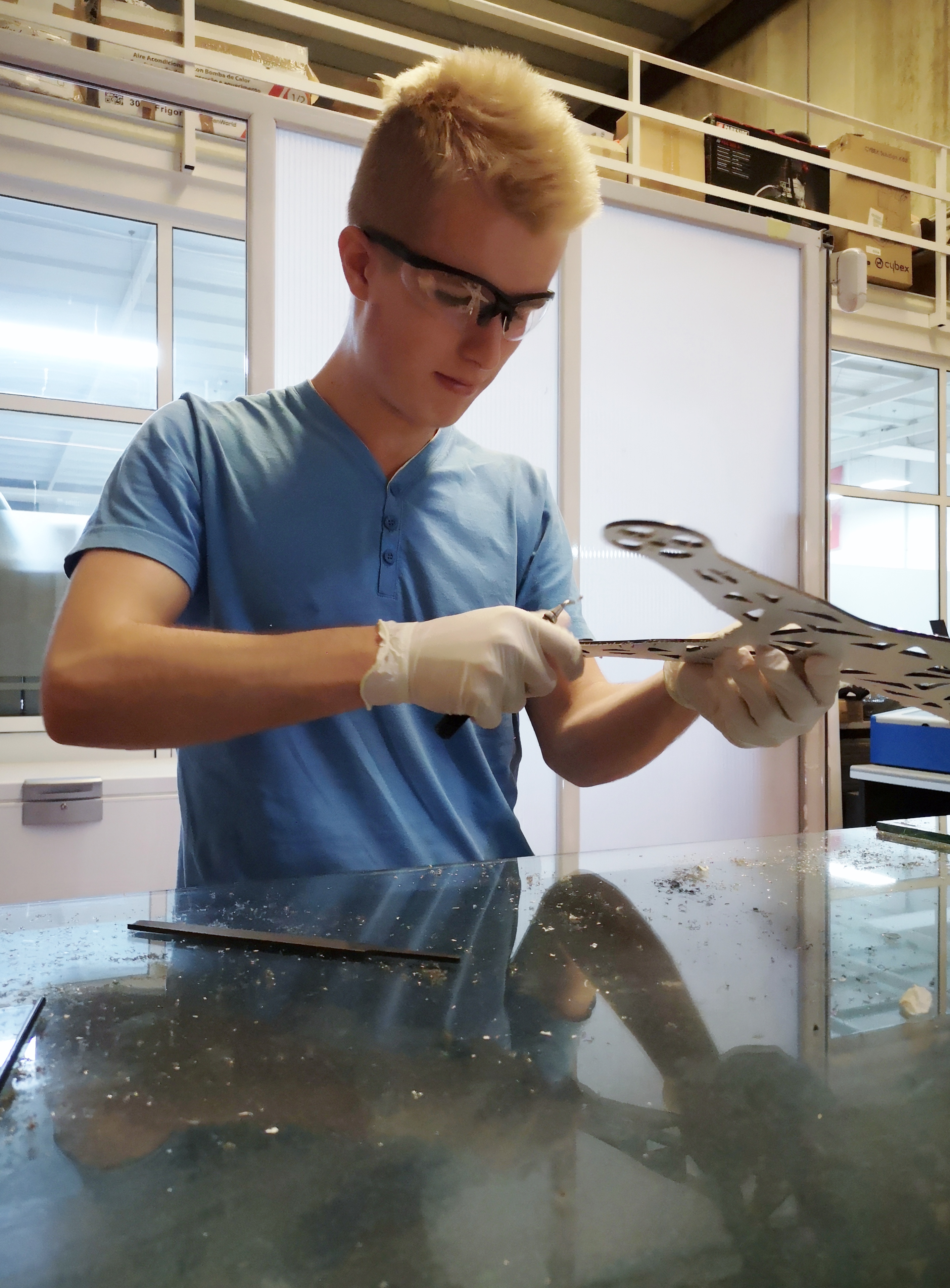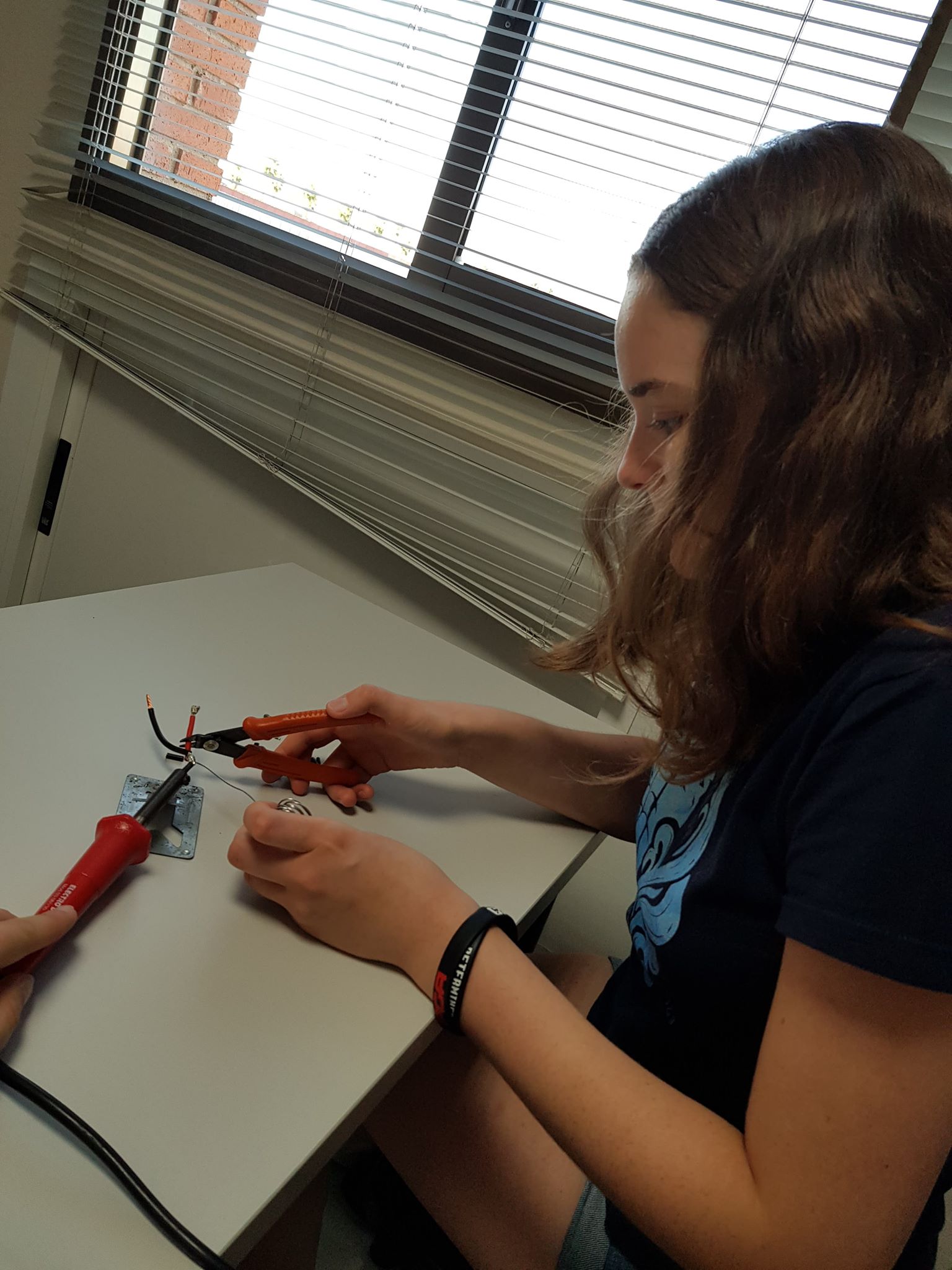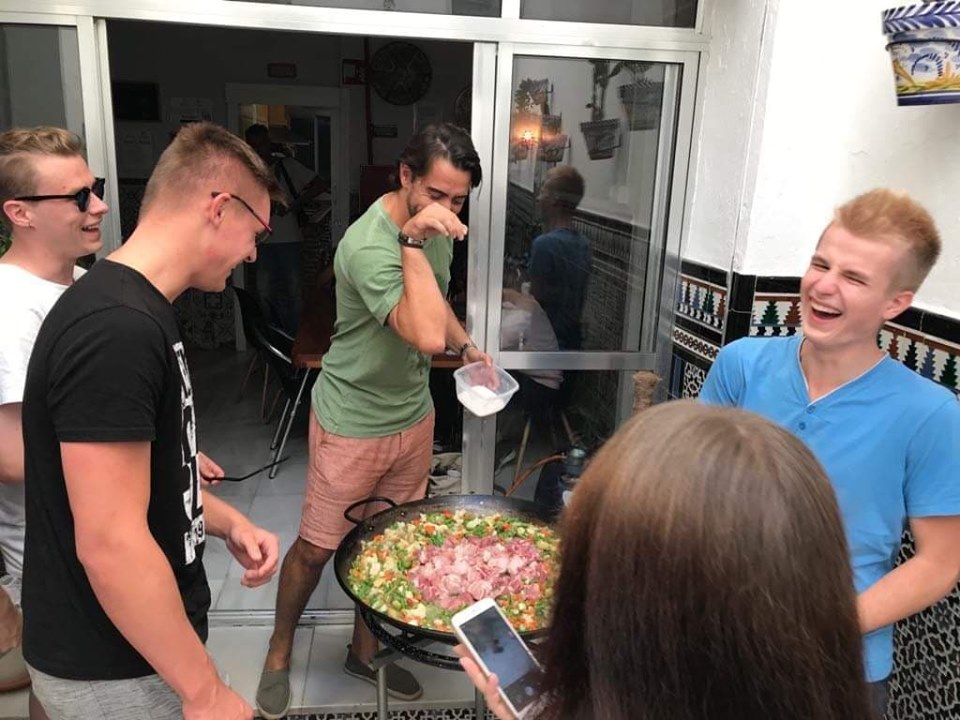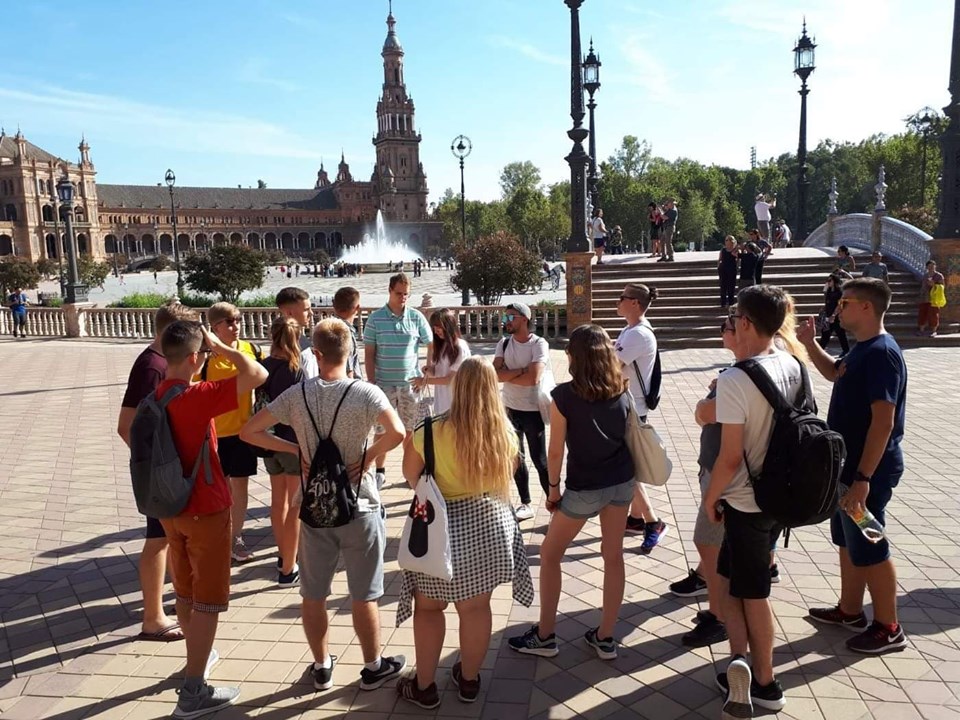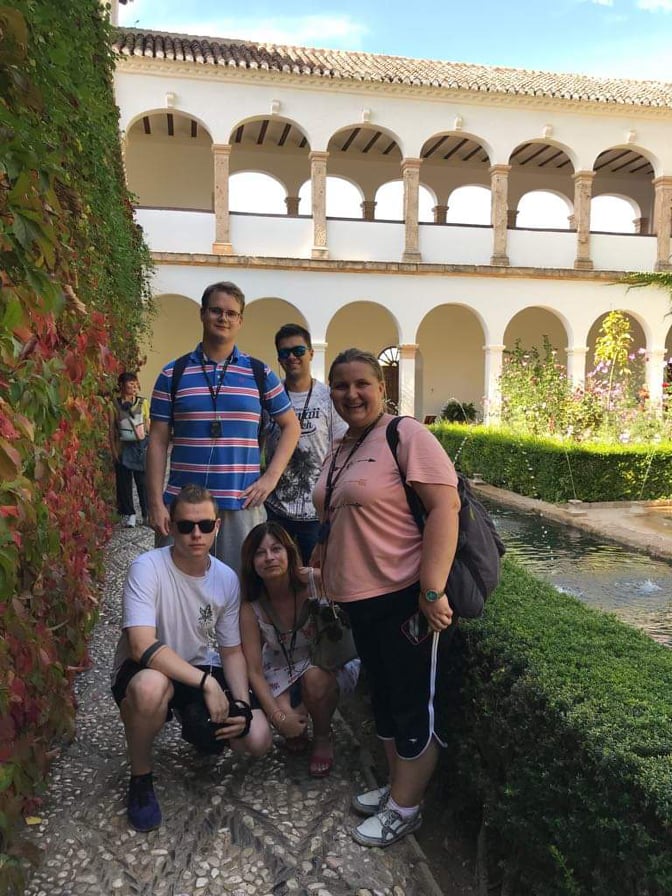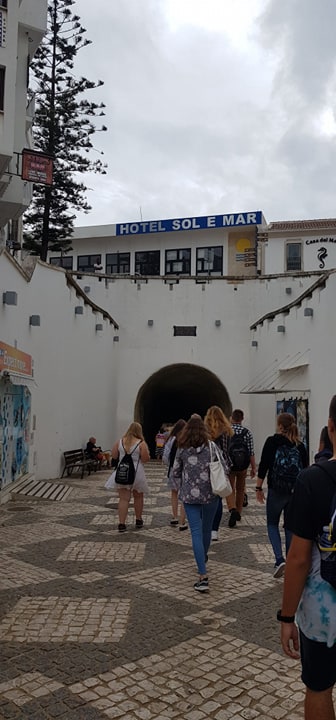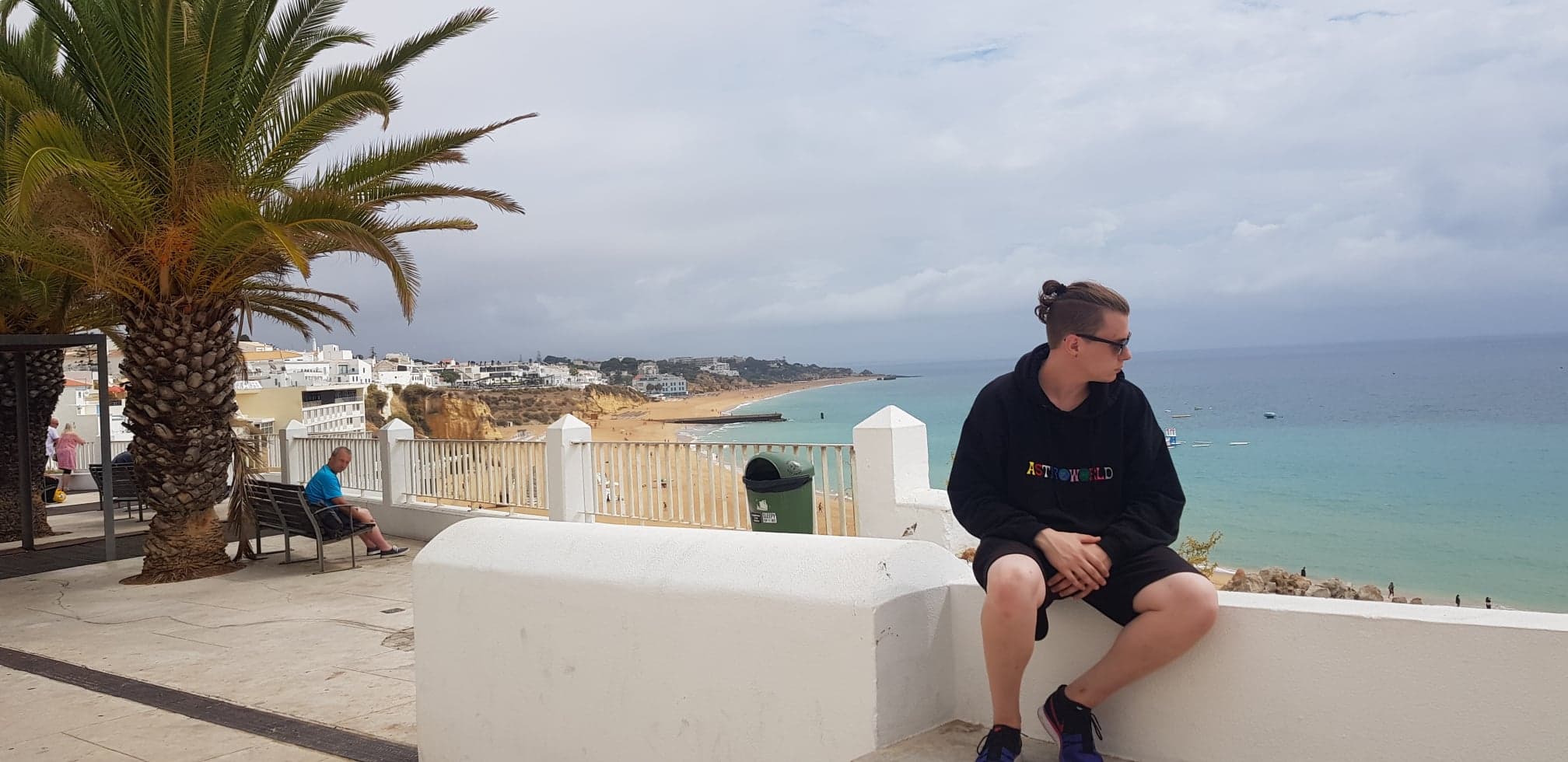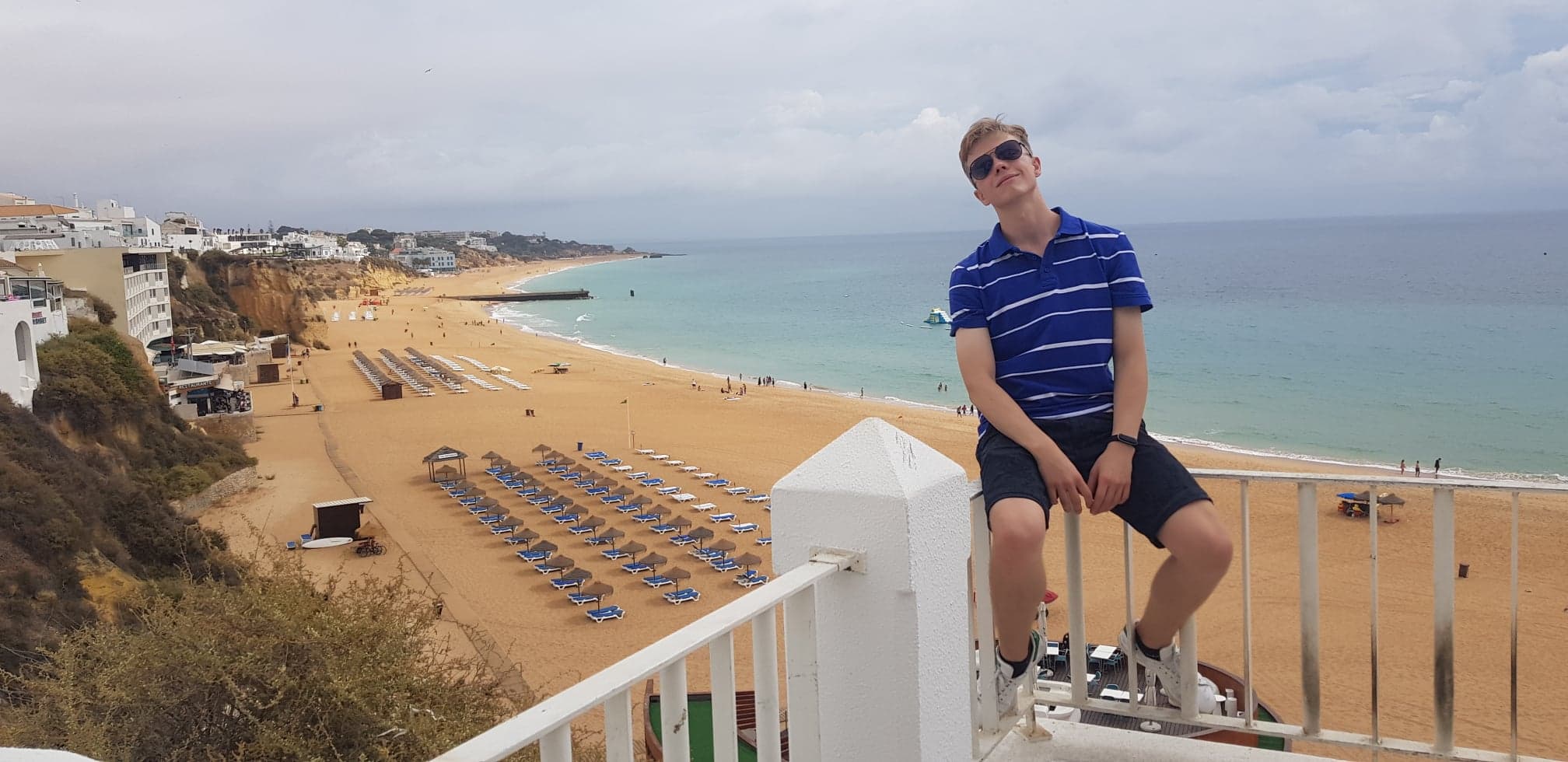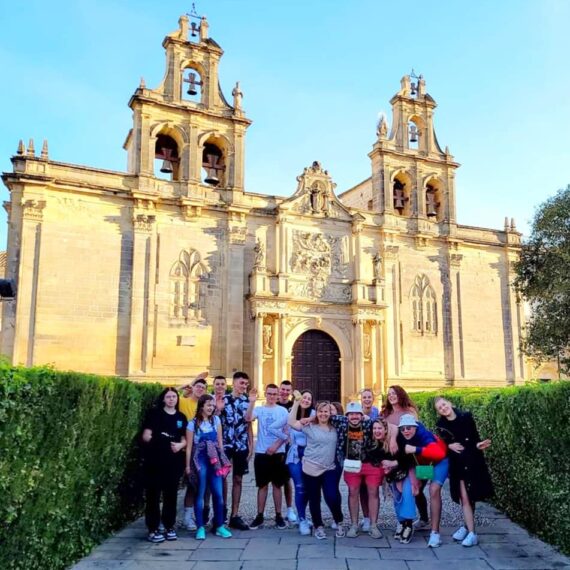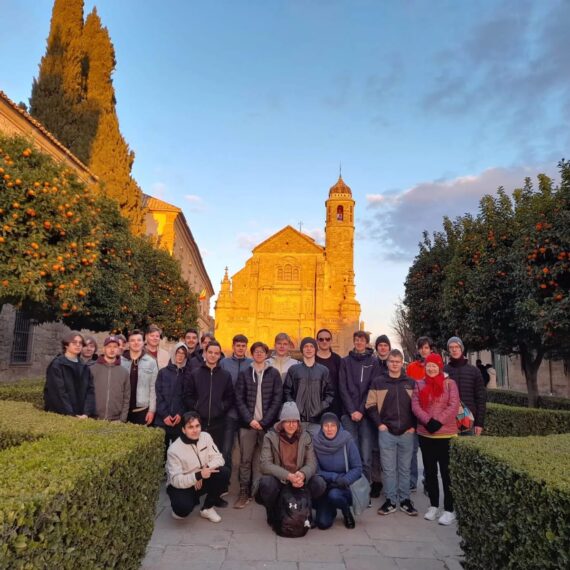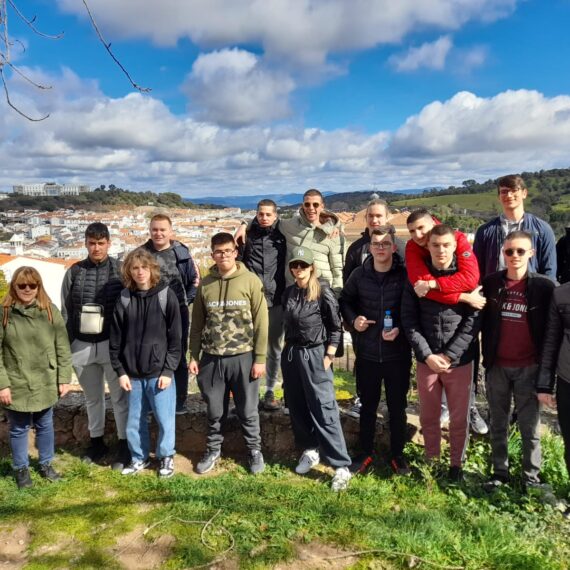About This Project
A group of 16 Polish students came to the beautiful capital of Andalusia to do their drone internship. They spent a month living in Seville and gaining new experience.
The interns learnt and carried out tasks provided by the host company. They had a chance to build a drone from scratch and create a joystick to control the drone flight. The students got familiarized with procedures of preventing potential accidents as well as with welding processes. They could also calibrate a drone and an outdoor flight using many flight modes, different parameters, etc. Finally, they flew their self-made drones.
What is more, the euroMind team provided the interns with a great number of cultural and linguistic activities. They got to know the capital of Andalusia thanks to the Seville Tour and Kayak Tour on the Guadalquivir River. The students also visited The Royal Bullring called Plaza de Toros de la Maestranza. Additionally, the group participated in the cultural exchange along with their Spanish peers from the local school. They went on a day trip to Granada and to a Portuguese town – Albufeira.
PARTICIPANTS’ OPINIONS
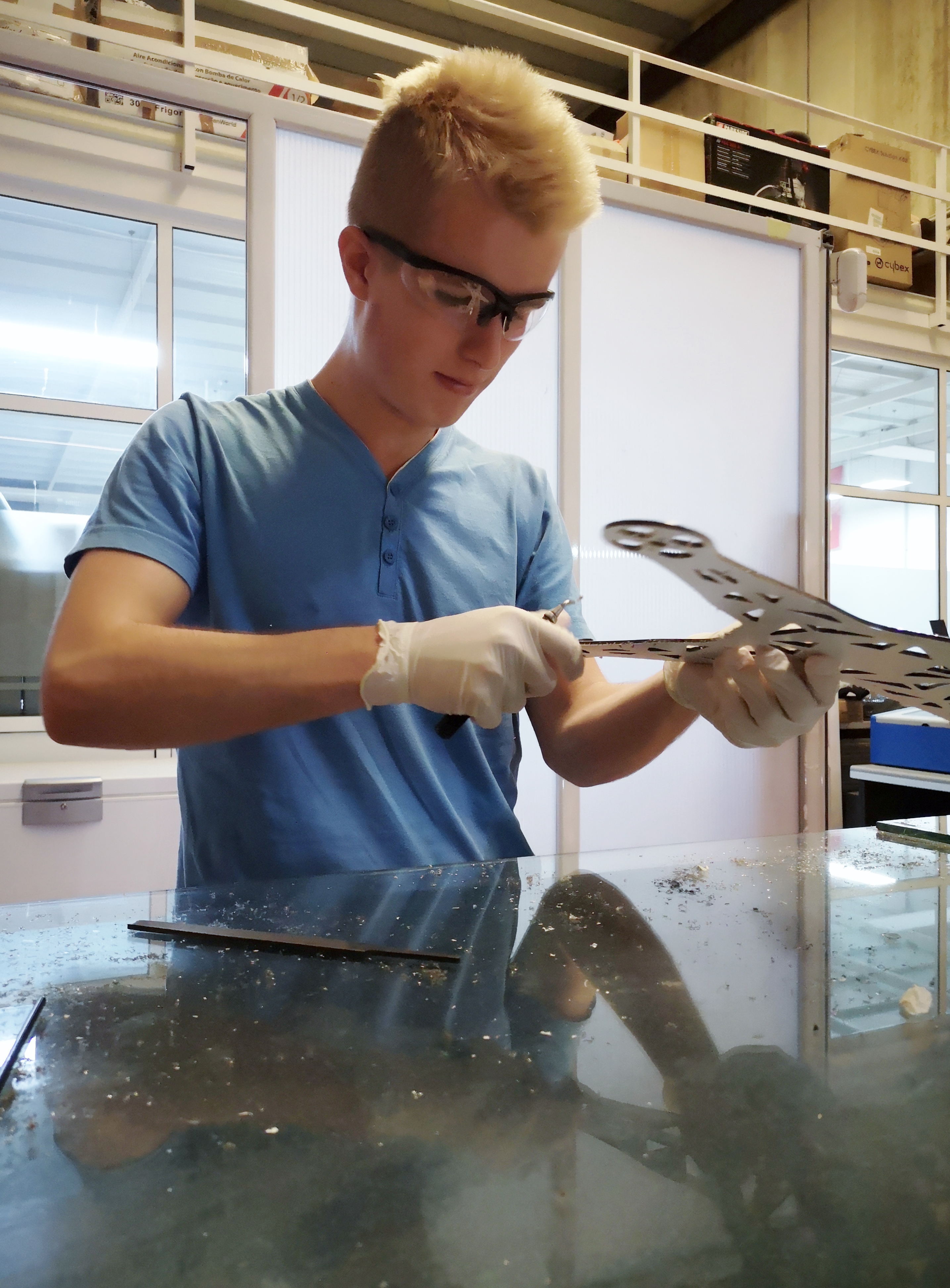 Piotr Grabowski
Piotr Grabowski
During my stay in Sevilla, I learned many useful things about drones. At the very beginning, we learned how to use the program that is used to create the tile designs needed to create our own drones. We used the Cut2D program. We had to design two plates, the lower one on which we mounted electronics, and the upper one on which motors and propellers were mounted, without which our drone would not fly. When all the groups had finished designing their drones, we had a trip to the company in which we had the opportunity to see what the process of cutting our drones looks like. After cutting them out, we had to smooth the edges ourselves. Over the next week, our practices consisted of mounting all electronics, autopilot and motors on our drone. After assembly, it was time to calibrate and configure these drones. Until the next trip to the company, we learned how to use the Mission Planner program, in which we were taught how to observe our drones Live Data and how to set a mission for it. During the next visit to the company, we watched a presentation about the company where we had practices. After the presentation, we were shown around the company and learned how, step by step, and for what purposes their drones are made. At the end of the visit, we were given key rings, which in my opinion was very nice of them. Over the last week, all we have left is to attach our drones to the last button, install the battery and propellers. As it did not take much time, we continued working on the Mission Planner program. On the last day, we again had a trip to the company this time so that we could finally fly our own drones. It was a great satisfaction when our drone flew and everything worked as it should.
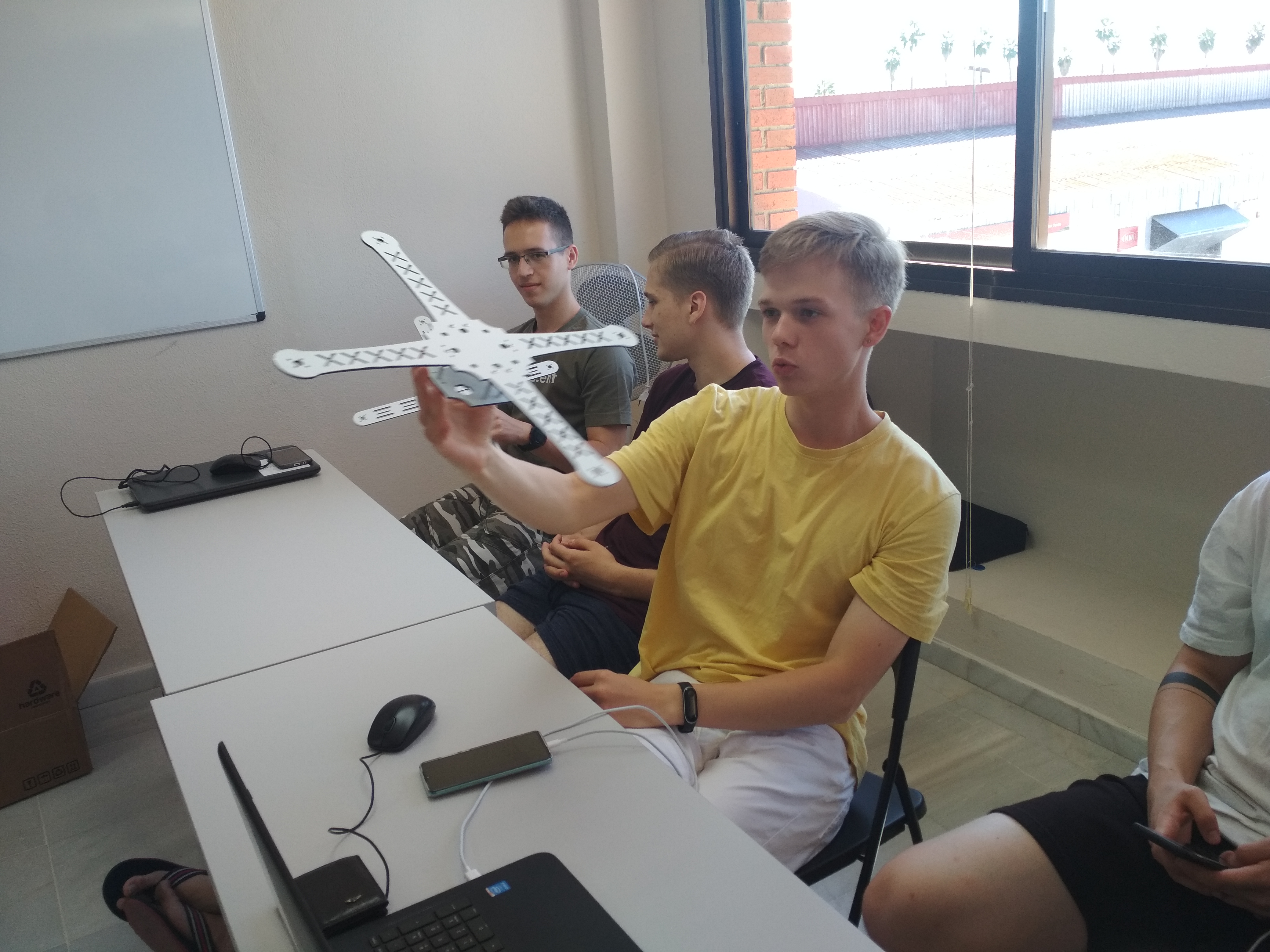 Jakub Brych
Jakub Brych
Internship in the host company was a great experience. First time in my life I had occasion to practice soldering and work with CNC machines. Work on the drone project using cut2D program, gave me the ability to develop my blue-sky thinking. I was very impressed when I heard the history of this small company. The host company, gave me the motivation to work on my own small business. Our teacher, Octavio, was really helpful when we could not do something. Taking part in that internship gave me very useful skills.
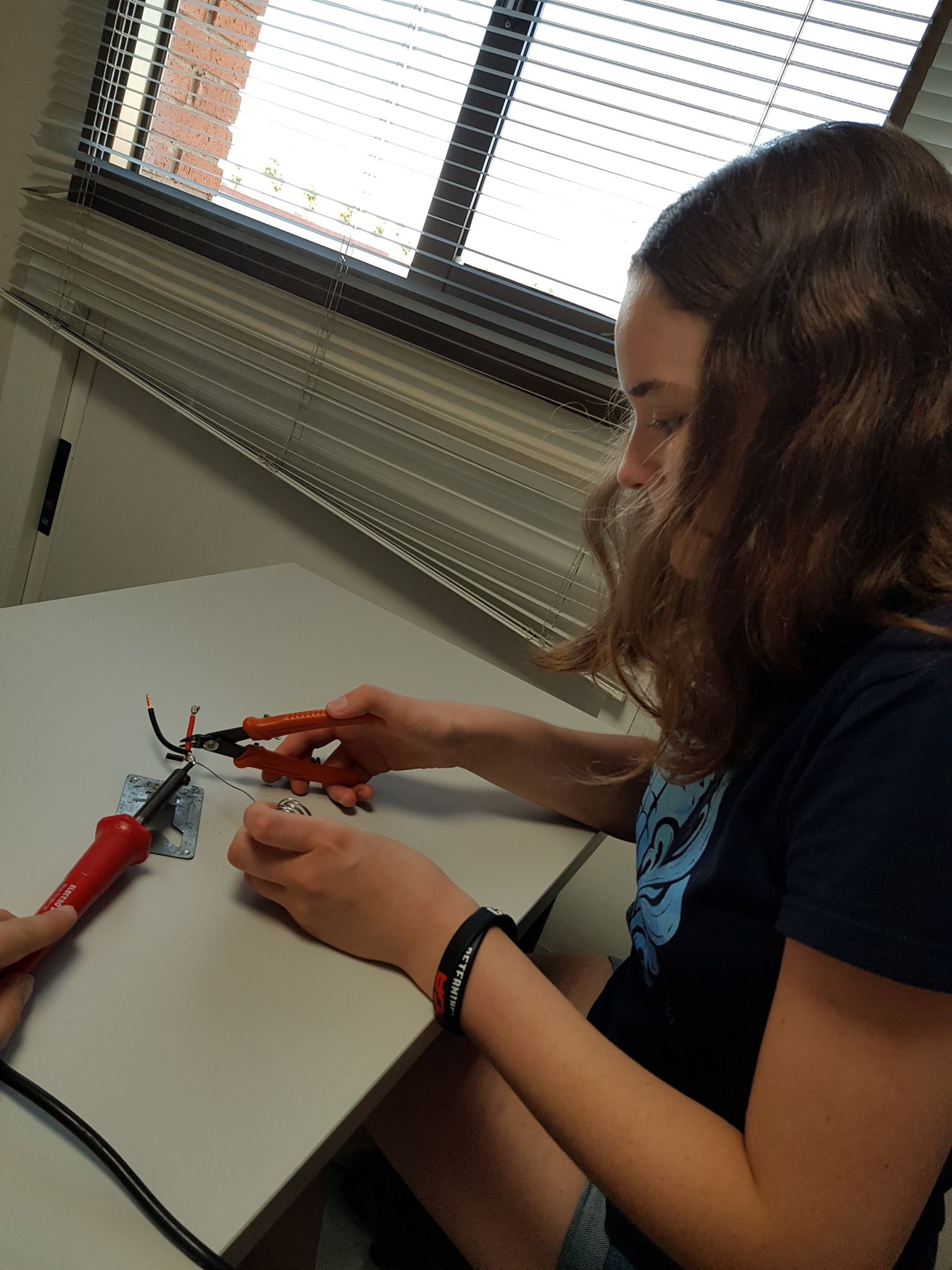 Julia Kania
Julia Kania
During apprenticeship in the host company in Sevilla, I gained a lot of knowledge and learnt new skills. During the four weeks of practicing, I learnt how to use vector graphics program called Cut2D. I used the mentioned program to create the case of our future drone, which later had been cut in the company. Later, we mounted the electronic on our unit and calibrated the compass and GPS. After our drone unit was built and calibrated, we spent a lot of time on using simulations to test other different calibrations and drone behavior in specific situations and with different parameters. We also learnt how to solder electronics, and we used that skill to solder some cables of our drone and to fix components if it was necessary. Lastly, we had a presentation about drones in general: we learnt about different types of drones, their flight modes and usage.
DISSEMINATION LINK
Location
Sevilla
Project Details
Project Title: Mobilność europejska pierwszym krokiem w rozwoju zawodowym młodych
techników
Project Number: 2018-1-PL01-KA102-049422
Number of participants: 16
Country: Poland, Warsaw
Date
September 2019


